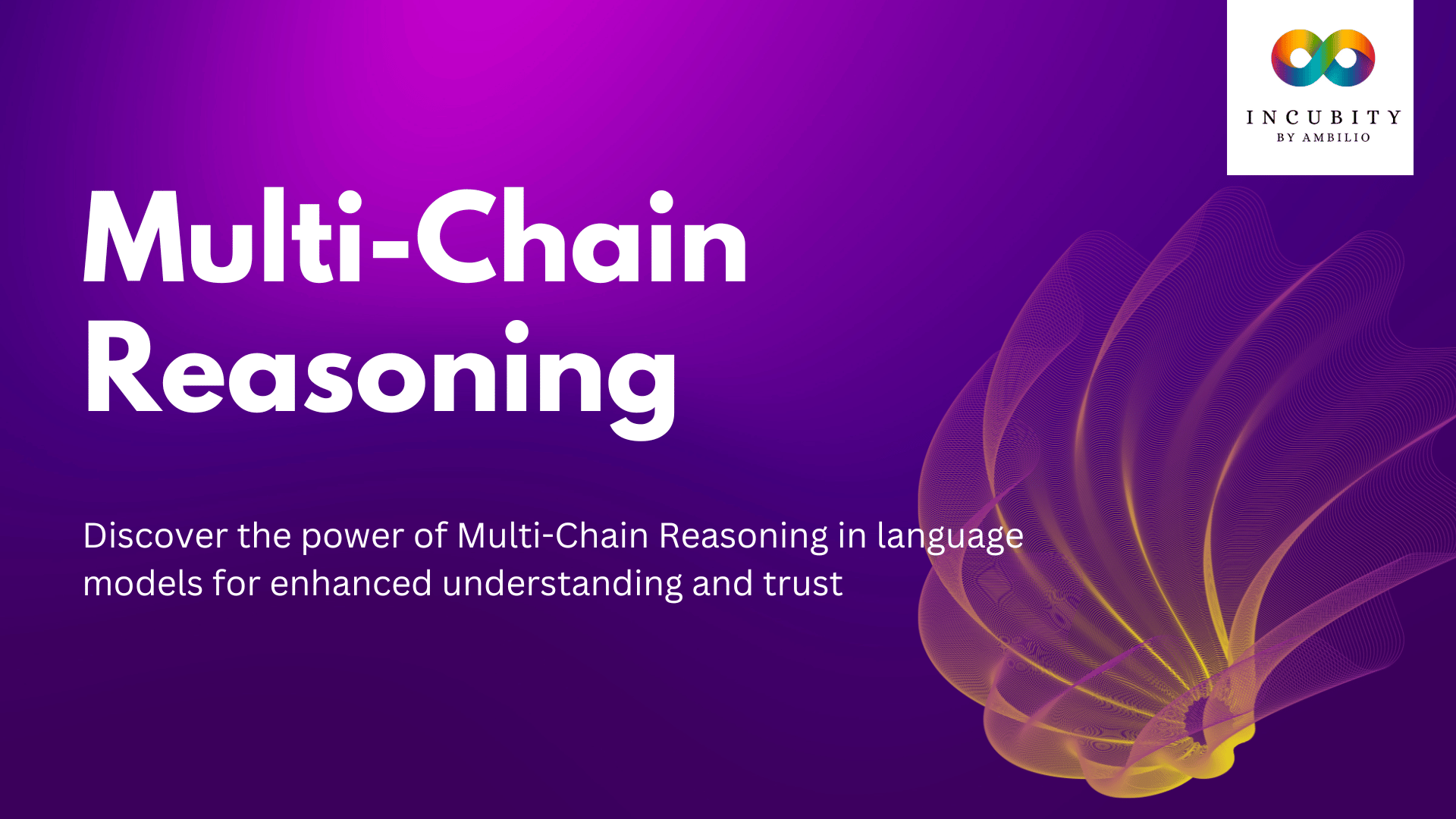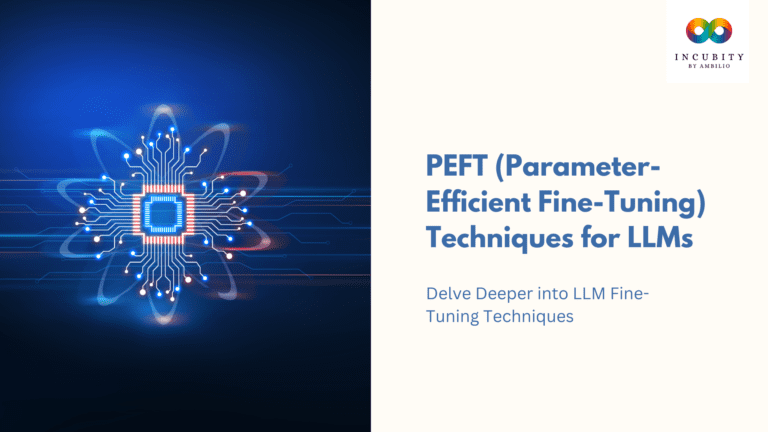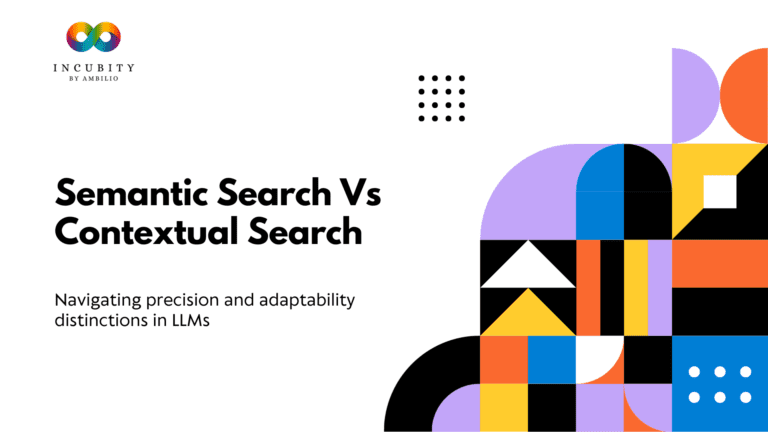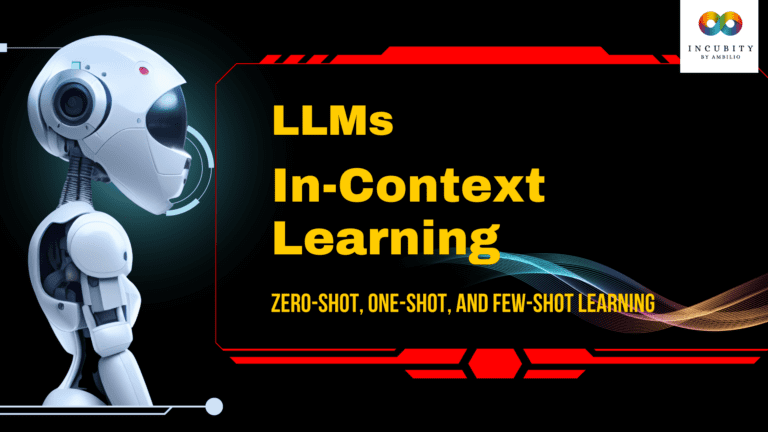In recent years, the capabilities of language models have expanded significantly, with large language models (LLMs) such as GPT (Generative Pre-trained Transformer) demonstrating remarkable proficiency in various natural language processing tasks. However, one significant challenge that persists is the ability to reason effectively and transparently. Enter Multi-Chain Reasoning (MCR), an innovative approach that aims to enhance the reasoning abilities of language models by guiding them through multiple chains of thought. This article delves into the essence of Multi-Chain Reasoning, its applications, and its potential impact.
Understanding Multi-Chain Reasoning
Traditional language models excel at tasks like text generation and pattern recognition but often fall short when it comes to complex reasoning tasks. Multi-Chain Reasoning addresses this limitation by prompting language models to explore multiple reasoning chains. Each chain represents a distinct pathway towards the answer, allowing for a more comprehensive understanding of the thought process involved.
The Need for Multi-Chain Reasoning
- Transparency: One of the key advantages of MCR is its ability to enhance transparency. By exposing the different reasoning paths considered by the language model, MCR allows for a better understanding of why a particular answer is chosen.
- Accuracy: MCR increases the likelihood of discovering the correct reasoning path by exploring multiple chains. This can be particularly valuable for complex tasks where single-track approaches may miss crucial information.
- Flexibility: Unlike traditional methods that rely on predetermined reasoning patterns, MCR is adaptable to various tasks and problem-solving strategies. This flexibility fosters broader learning capabilities.
Components of Multi-Chain Reasoning
- Chain Generation: Specialized models or techniques are employed to create multiple reasoning chains for a given problem. These chains involve breaking down the problem into smaller steps, identifying relevant concepts, and drawing logical inferences.
- Answer Inference: Once chains are generated, the language model analyzes and compares them to arrive at the final answer. This may involve voting mechanisms, probabilistic approaches, or more complex reasoning engines.
- Meta-Reasoning: Some MCR frameworks introduce a “meta-reasoner” component. This additional layer examines the generated chains, assesses their strengths and weaknesses, and potentially modifies them before answer inference.
Applications of Multi-Chain Reasoning
- Question Answering: MCR enables systems to not only provide answers but also explain their reasoning steps, enhancing user understanding and trust.
- Scientific Discovery: MCR can assist researchers in exploring diverse hypotheses and uncovering hidden connections within complex datasets.
- Education and Training: By visualizing and analyzing alternative reasoning paths, MCR can provide deeper learning experiences and foster critical thinking skills.
Future Directions
As research in MCR continues to evolve, several promising avenues are being explored:
- Incorporating External Knowledge: Integrating factual databases and knowledge graphs could enrich the reasoning process and enhance accuracy.
- Multimodal Reasoning: Combining textual data with images, videos, or other modalities can lead to more comprehensive and nuanced reasoning.
- Open-ended Reasoning: Enabling language models to generate new chains beyond predefined prompts could unlock even more creative and insightful thought processes.
Conclusion
Multi-Chain Reasoning represents a significant advancement in enhancing the reasoning capabilities of language models. By encouraging exploration through multiple pathways, MCR offers transparency, improved accuracy, and flexible generalization. As research in this area progresses, the potential for transformative applications across various fields becomes increasingly promising. Ultimately, Multi-Chain Reasoning holds the key to unlocking the true potential of language models in understanding and reasoning with human-like proficiency.







